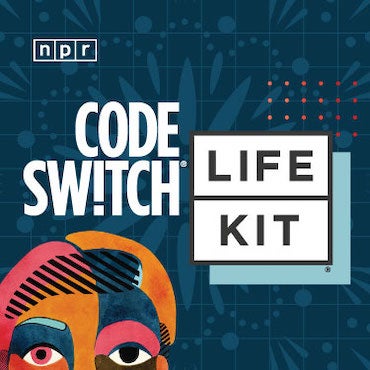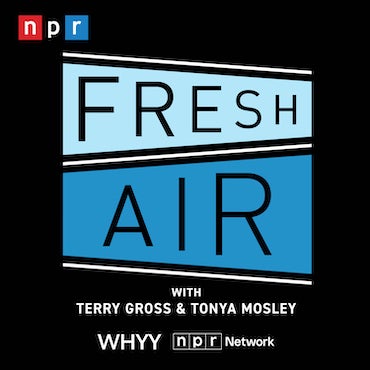Ideas Worth Stealing: Could NYC teach Pa. cities something about limiting the Council members’ power in development decisions?

People cross a street near a construction site on Market Street in Center City, Philadelphia. (AP Photo/Matt Rourke)
New York City’s process for land use decisions brings in groups outside of Council to weigh in. Should Pennsylvania cities try this?
In 1975, the City of New York passed a new City Charter which, among other things, changed how land use decisions, i.e. development plans, were made. The new process — called the Uniform Land Use Review Procedure, or ULURP — was designed to collect public input, if not necessarily be required to implement it, and restrained Council’s power in land use decisions. ULURP’s standard method for reviewing land use plans requires that each plan go through the public, the Community Board, the Borough President and Borough Board, the City Planning Commission, City Council, and the Mayor.
Things are a little different in Philadelphia.
According to a new Pew report, in Philadelphia individual council members, representing geographical districts throughout the city, make land use decisions. It’s called councilmanic prerogative. And while critics contend that it limits government accountability and transparency and favors the politically connected, council members says it’s only right they should have sway over projects in their districts since they know their areas and constituents best.
For land use decisions in Pittsburgh, the report says, “council members often show deference to the representatives of a particular district, but that deference is not absolute.” However, when establishing a land bank in the city last year, council members fought to retain veto power over land sales in their districts (that power will be reevaluated after two years).
Aside from Philadelphia and Pittsburgh, most of the other ten largest cities in the state elect at-large council members who do no represent specific districts, so councilmanic prerogative is a moot point.
So should Philadelphia — where 726 of 730 bills involving councilmanic prerogative passed without any opposition — consider what New York City has done?
New York’s ULURP evolved along with an increase in public participation by citizens and neighborhood groups in city planning. Philadelphia allows for some citizen involvement, though some have argued that councilmanic prerogative actually dissuades people from political participation. But even in New York, where the process officially makes space for public input and leaves a lot of the heavy lifting to entities like the City Planning Commission, there’s some disillusionment about how much sway the public actually has and concerns that council too often votes without questioning the district representative.
So if Philadelphia decides to reconsider its practice of councilmanic prerogative, perhaps looking at the ULURP can be just a starting place.
WHYY is your source for fact-based, in-depth journalism and information. As a nonprofit organization, we rely on financial support from readers like you. Please give today.


